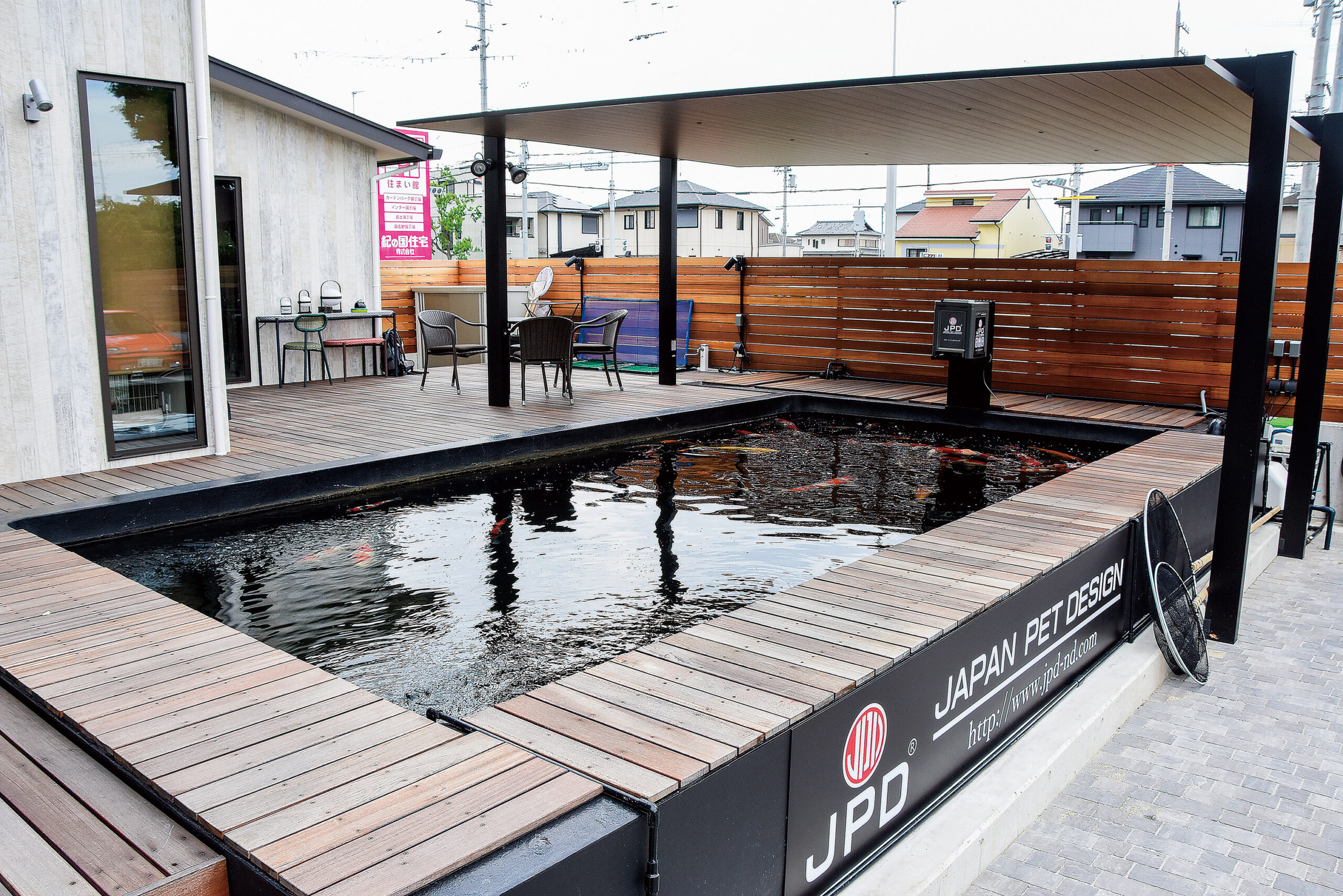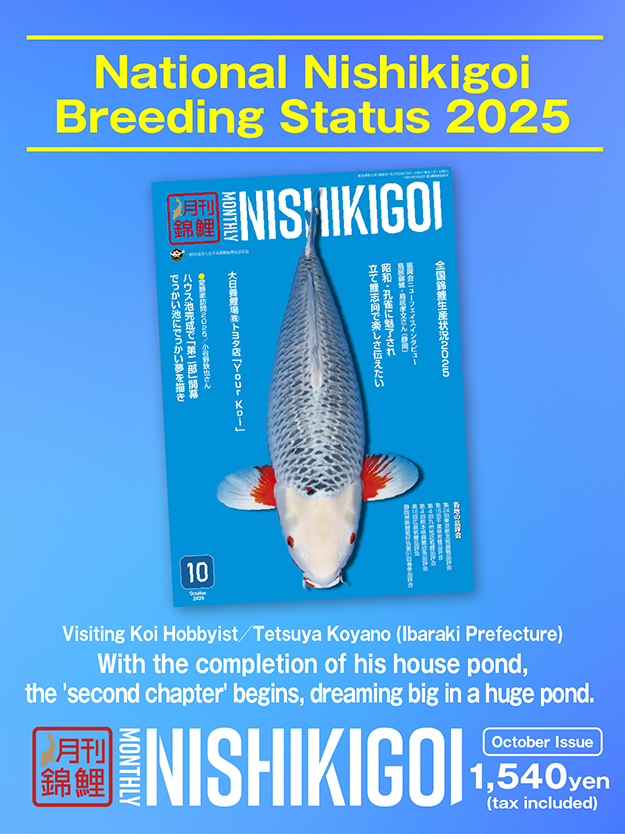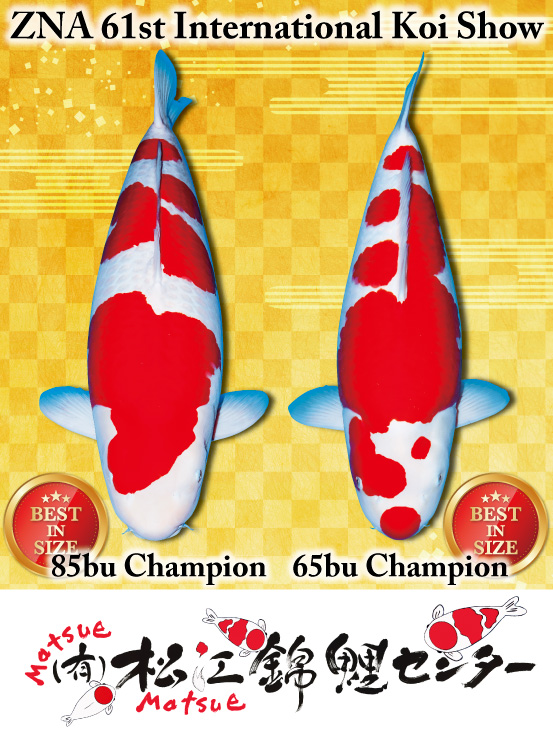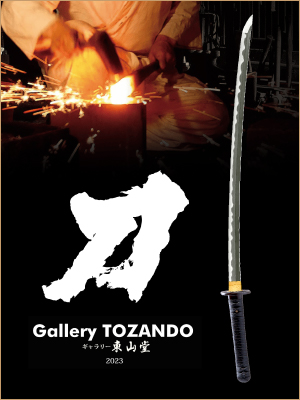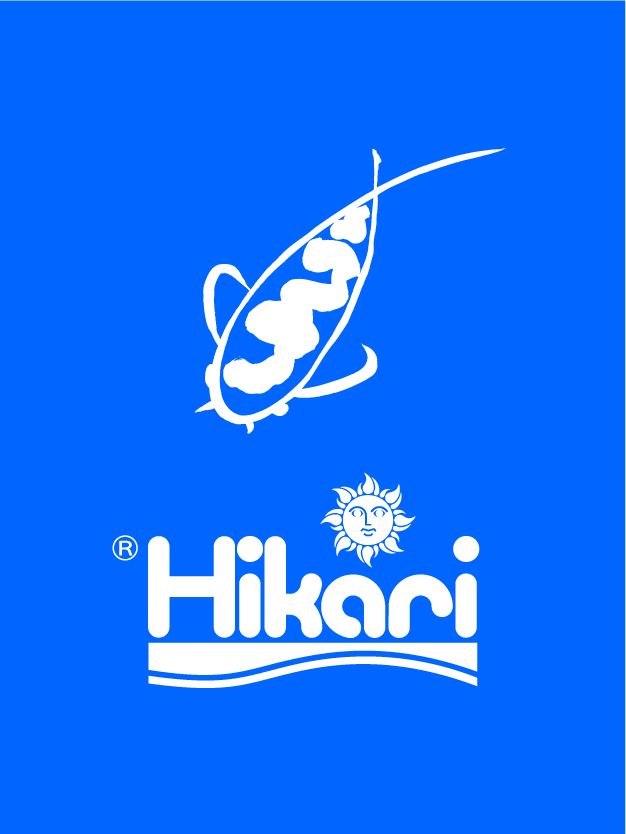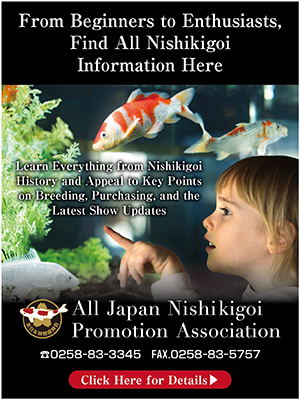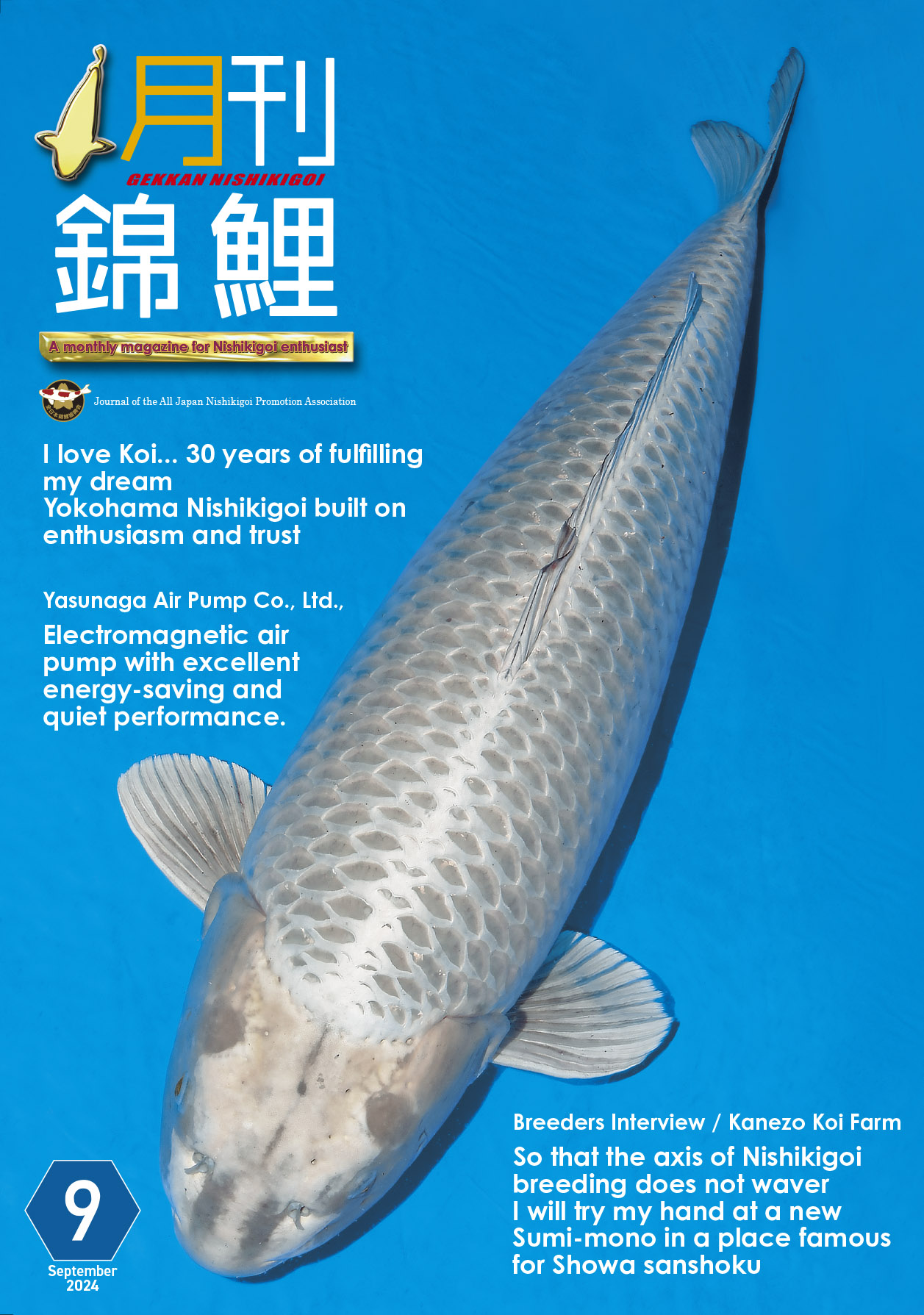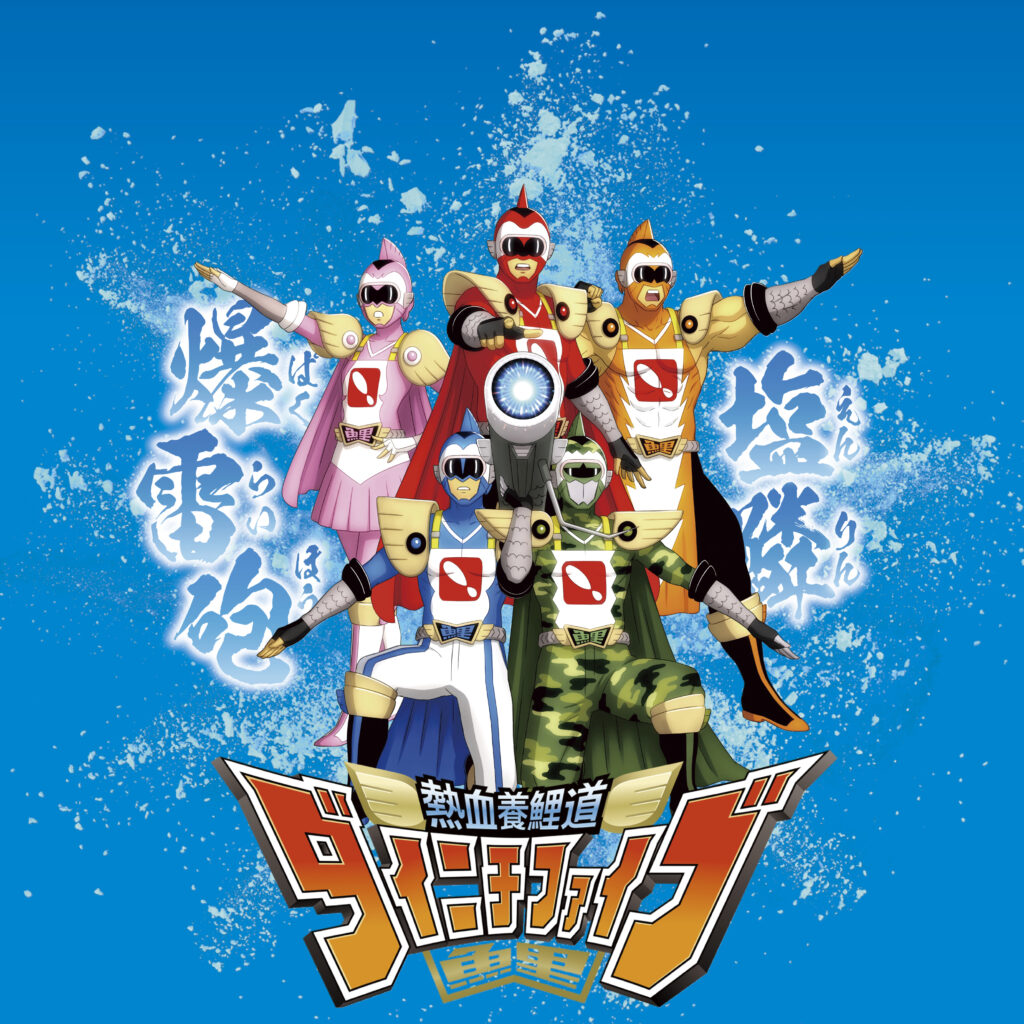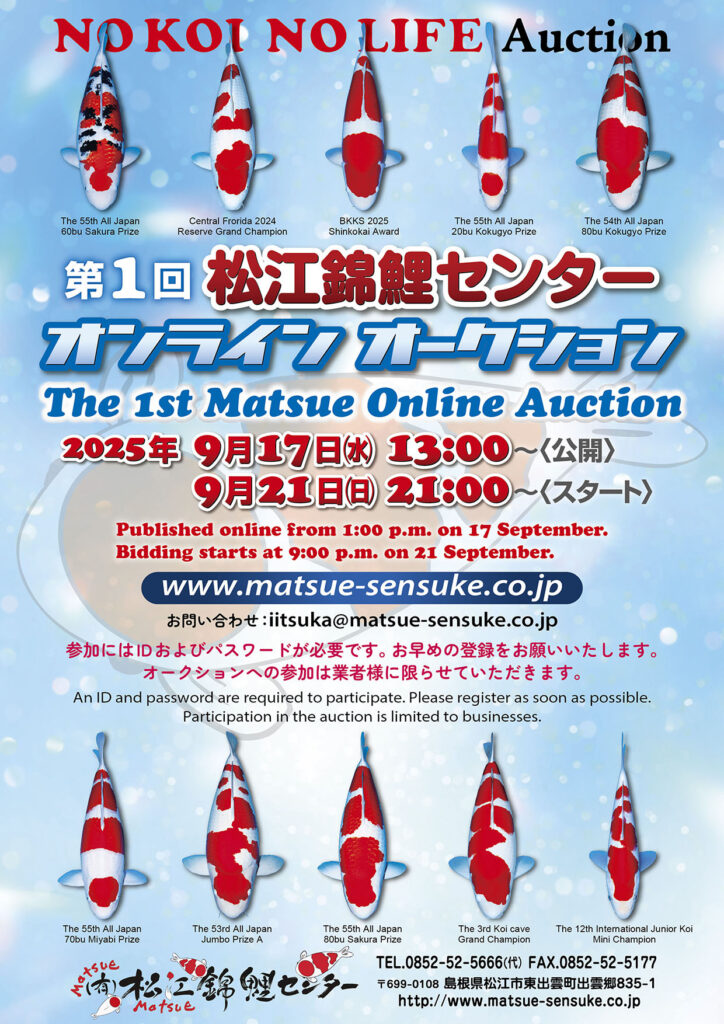Proposals for product development from the breeding field
Also playing a role in conveying the magnificence of koi
― Regarding the reason for building this pond, you mentioned it was “to help the koi grow better,” but does this also contribute to your product development?
Yoshida: Yes. When developing products, our R&D department and university research institutions conduct various studies, but the environment at koi breeders’ facilities and research institutions can sometimes yield different results. Research institutions represent just one standard. I have visited ponds and koi breeders worldwide, and each location has unique water quality and koi lineages. With 100 breeders having 100 different methods, I’ve long felt the need for a pond that differs from research institutions.
― Things we couldn’t achieve in the 1-ton pond seem possible to try in this pond now.”
Yoshida: Exactly. We might be able to propose practical solutions rooted in real-field experience, not just theory. We’re using our company’s products like “Live Bacteria Zeolite”,photosynthetic bacteria “Seed Water”, and “Natural Pond Essence”, along with our own thermometers and pH meters.
― So your products are used everywhere, right?The Wakishimizu was also painted black, making it look like your specification.
Yoshida: For outdoor use, the deterioration is completely different between painted and unpainted surfaces, so we took the advice and decided to paint it.
― So, this isn’t for aesthetics, then? My apologies (laughs).
Yoshida: No, it’s not about appearance (laughs). We just had it painted while repainting the pond and added the JPD logo. Another reason behind building the pond is that I’ve come to feel Japanese lovers’ passion for koi has weakened compared to other countries. While there are many young producers, the same isn’t true for hobbyists. The reason I’ve kept running social media is my hope to let more people discover the wonder of koi and encourage more to keep them. So, I believe I must first enjoy koi myself, then share that passion with others.
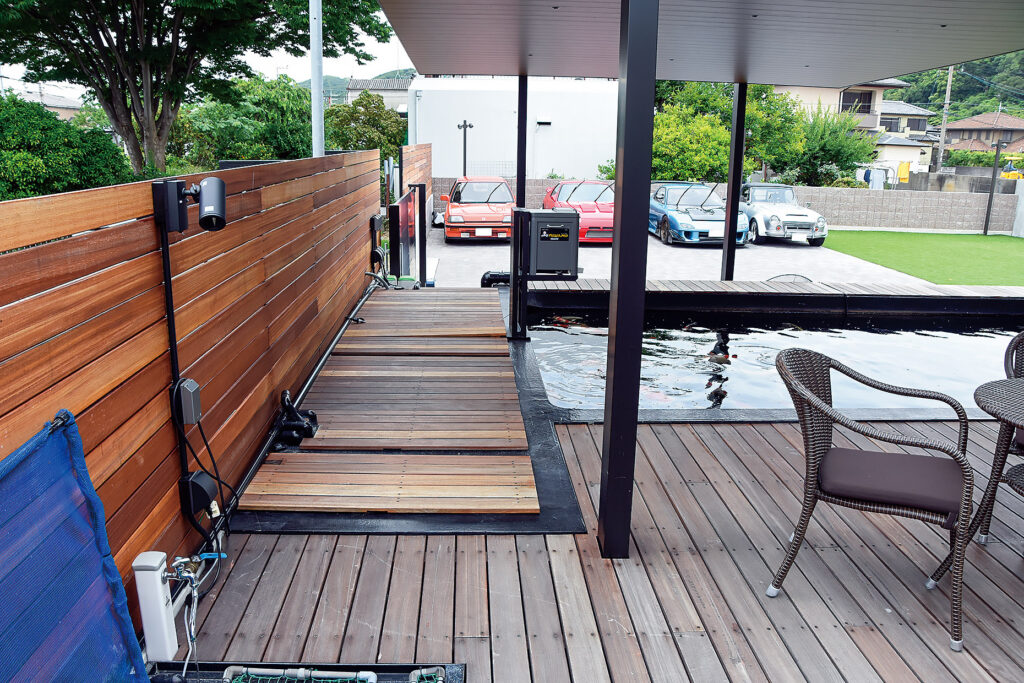
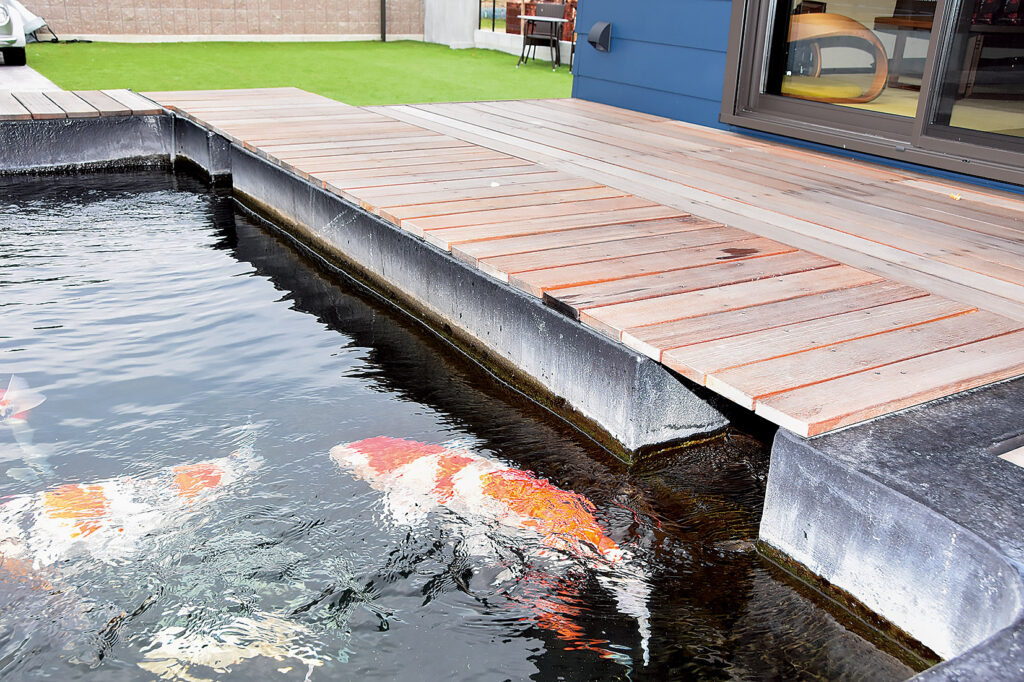
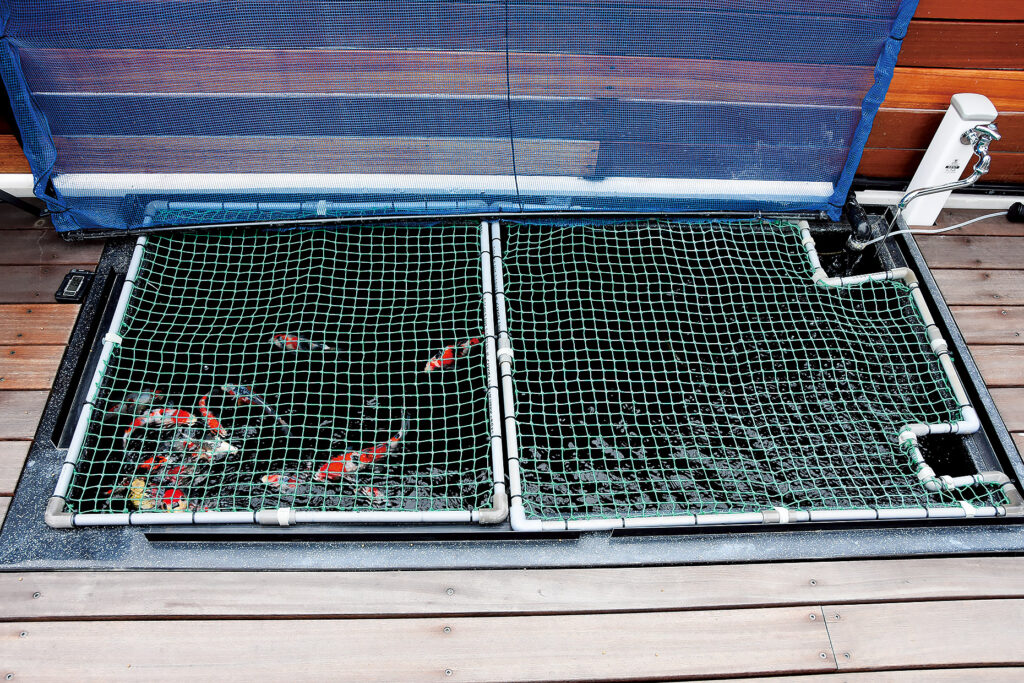
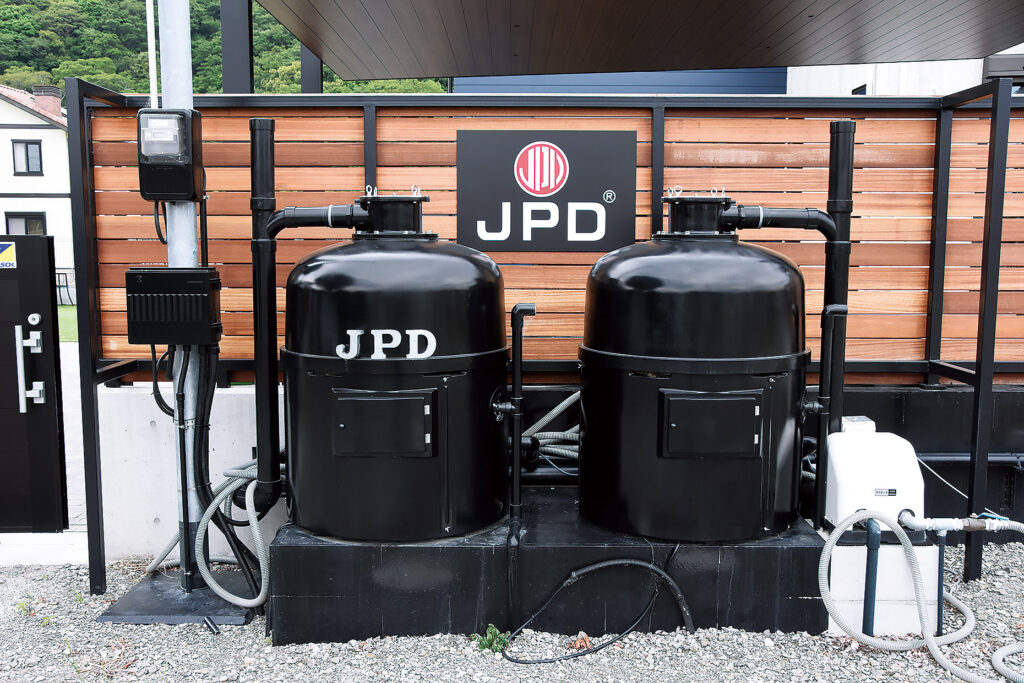
― I see. President Yoshida has a large following on social media, so we can expect your significant influence.
Yoshida: There’s a reason we chose an outdoor pond… If we had prioritized only the koi’s needs and built the perfect environment, it would definitely have been an indoor house. That’s why everyone asked “Why not build it indoors?” But I thought an indoor pond might create distance from family life. So instead, I wanted to create a pond connected to our home. When my children’s friends visit, they can enjoy it. When my wife’s friends come, they can appreciate it too. We can show it to delivery personnel or neighbors… That’s where it all begins, I think.
― I was wondering why you deliberately chose an outdoor setting when “koi-first” would normally mean an indoor house.
Yoshida: While I don’t know how long my children will remain interested, my wife and mother-in-law are pug breeders who are deeply involved in animal shows. Our whole family enjoys participating in various breeding competitions together.
― Your koi, named after your mother-in-law, even won a major award.
Yoshida: My mother-in-law’s name is read as “Masako”, so it’s quite impressive (laughs). There’s a funny story from before: if I entered with my mother-in-law’s name, it would win, but if I used my own name, it wouldn’t (laughs). I want my children to experience the joy and importance of living creatures through raising dogs and koi, so we participate in the appraisal shows under family members’ names, and I try to let the children experience the breeding process firsthand as much as possible.
― If this were an indoor pond, probably only the company president could come and go freely.
Yoshida: Exactly. That’s why I’m wondering if we should establish the concept of a “wall for indoor ponds” (laughs). But everyone around me says, “Mr. Yoshida will definitely build an indoor pond in 2-3 years.” Among all the pond-building advice I received, the only suggestion nobody made was “don’t build an outdoor pond.
― Although it’s an outdoor pond, the partial roof covering about half of it is ingenious. Koi feels more at ease with shaded areas.
Yoshida: Actually, this roof is a repurposed carport.
― Ah, now that you mention it, it does feel that way.
Yoshida: At first, I thought about building it myself, but then I realized that having it cut into a carport style would look cooler, be sturdier, and cheaper. We carefully observed the sunrise and sunset positions to decide on the installation spot. This way, sunlight comes in until around 10 a.m., and during the peak UV hours from 11 a.m. to noon, the sun is directly above the roof. Then, by around 3 or 4 p.m., sunlight comes in from the opposite side.
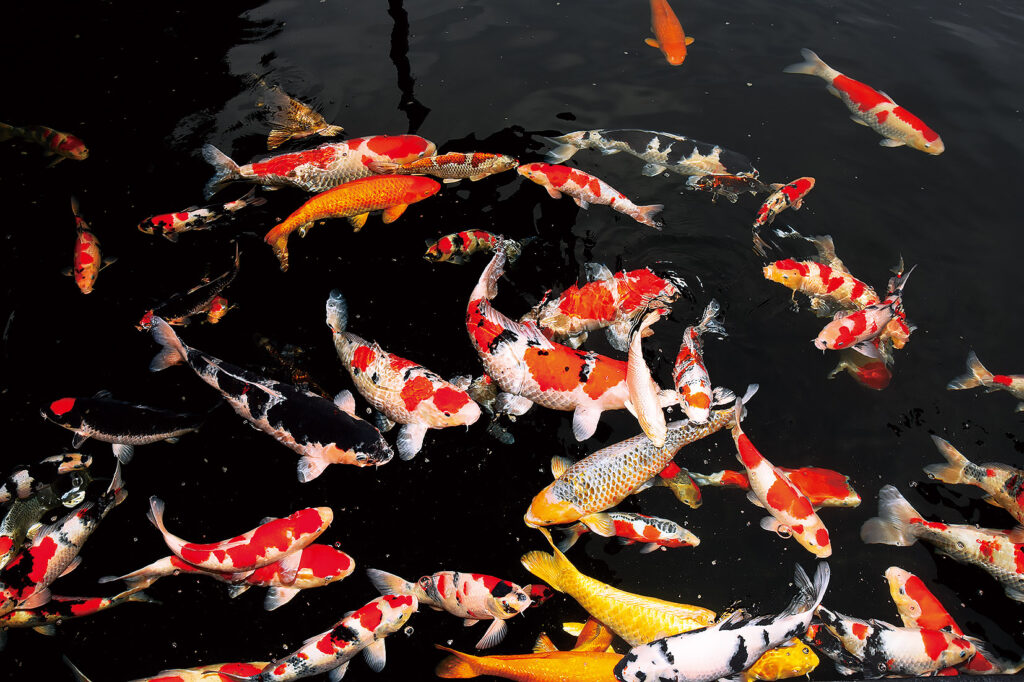
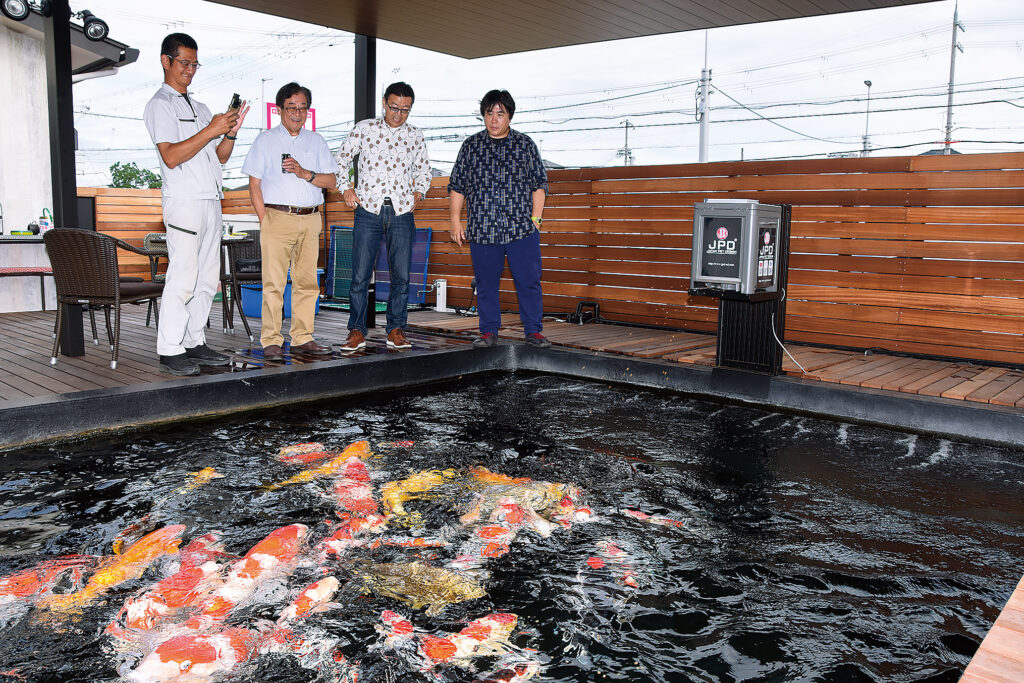
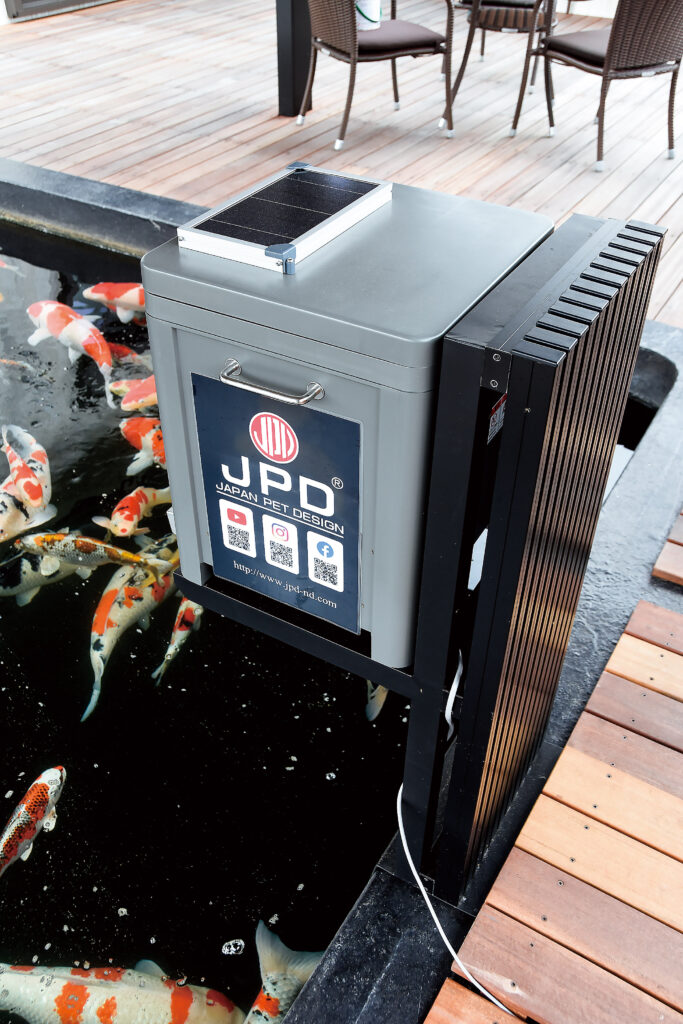
(To be continued in the part 2.)

